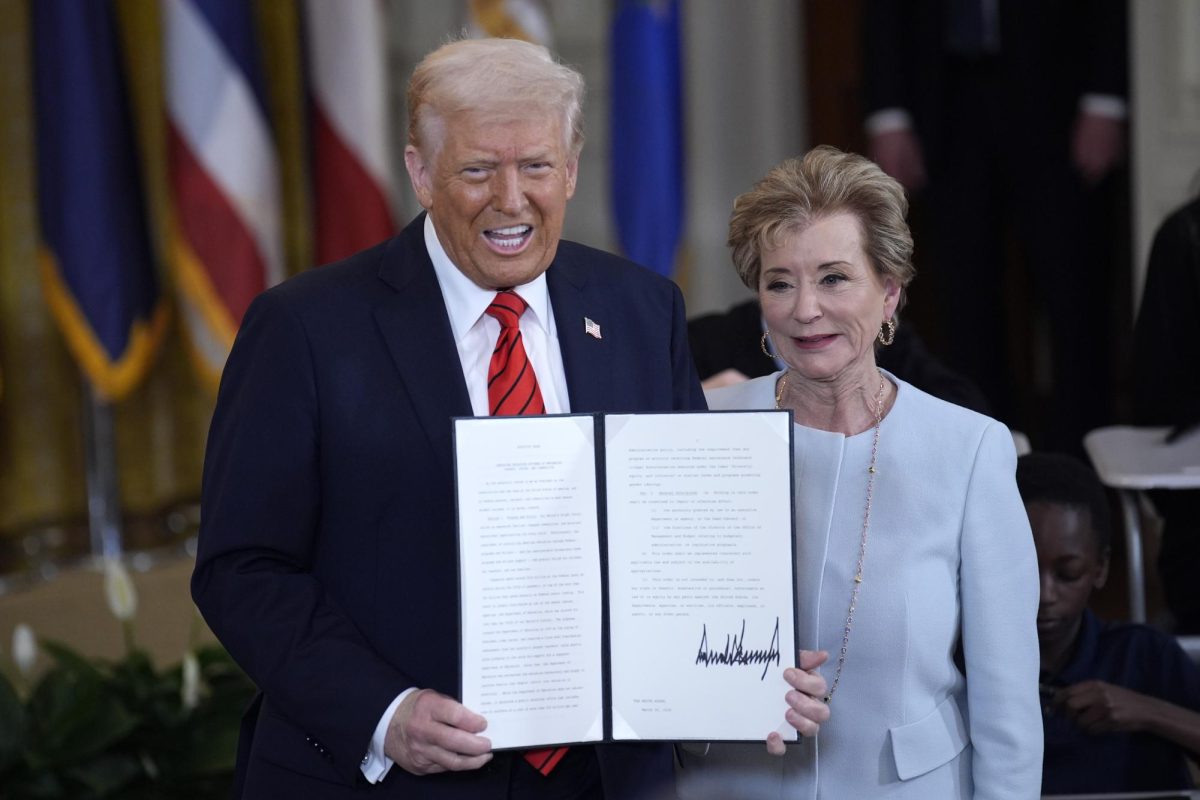On Thursday, March 20 President Trump signed an executive order calling for the dismantlement of the Department of Education. Shutting down the department is not actually within the President’s jurisdiction, as all cabinet agencies are under the authority of the United States Congress. Because Trump cannot legally eliminate the Department of Education, he instead ordered the Secretary of Education to “take all necessary steps to facilitate the closure of the Department of Education and return authority over education to the states and local communities.”
The Department of Education is responsible for distributing resources to different school systems, managing 504 and IEP accommodations, organizing free and reduced school lunch programs and funding certain scholarship programs. Although President Trump asserted that these responsibilities would be transferred to other government bodies, no specific plans to redistribute or reclassify these programs have been released.
Although Paideia is a private school and does not directly receive any federal funding, Paideia still derives some money from the Atlanta Public School district (APS). If the Department of Education reduces APS funding, it’s likely Paideia will also see a decrease in funding from the Title II and Title IV programs.
But Head of School Tom Taylor reassures students, “The funds we get from APS are less than 0.5 percent of our total operating budget and we will continue to fund those programs either way. It just makes things a tiny bit tighter.”
President Trump has attributed the Department of Education’s inefficacy to persistent low proficiency levels among U.S. students, particularly in reading and mathematics. He stated, “Despite spending billions of dollars, our students continue to lag in these critical areas,” as well as wanting to stop schools’ “indoctrination” of students. Critics, however, contend that the move to dismantle the department may be politically motivated, aiming to reduce federal oversight and promote conservative educational agendas. They argue that such a significant restructuring could disproportionately affect vulnerable student populations, including those from low-income families and students with disabilities, by disrupting essential funding and support programs.
The executive order continues the Trump administration’s most recent attempts to weaken the Department of Education in order to return authority over education systems to state legislatures. In the wave of government layoffs this February, nearly half of the Department of Education’s employees were fired or have resigned. The two offices most affected were the Federal Student Aid Office and the Office for Civil Rights. Limiting the department’s resources and funding was another move made to undermine its power. Tom Taylor warns, “Beyond the financial implications, however, is the larger threat to education more broadly. A move like this devalues education and that’s concerning to any school.”





















